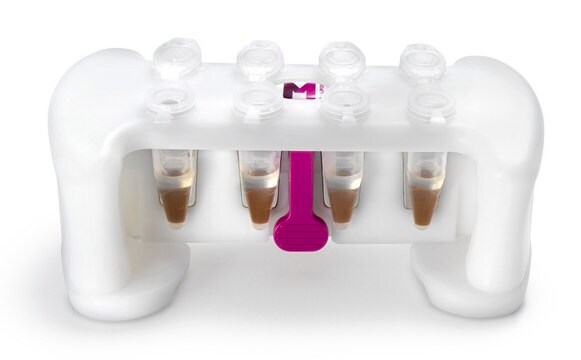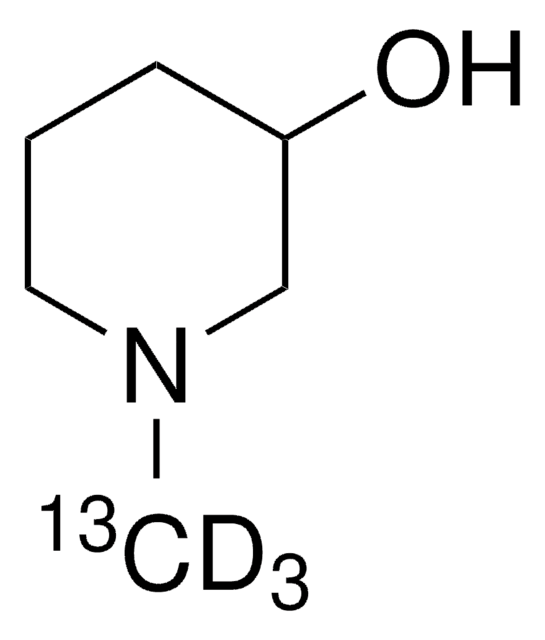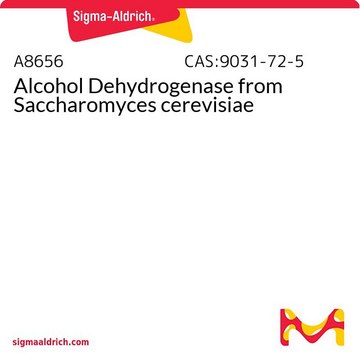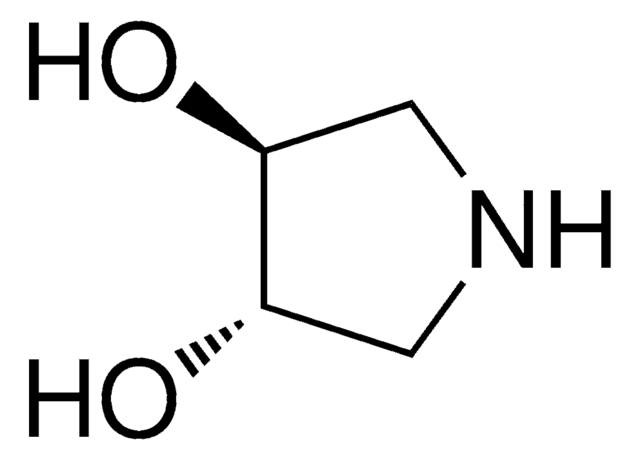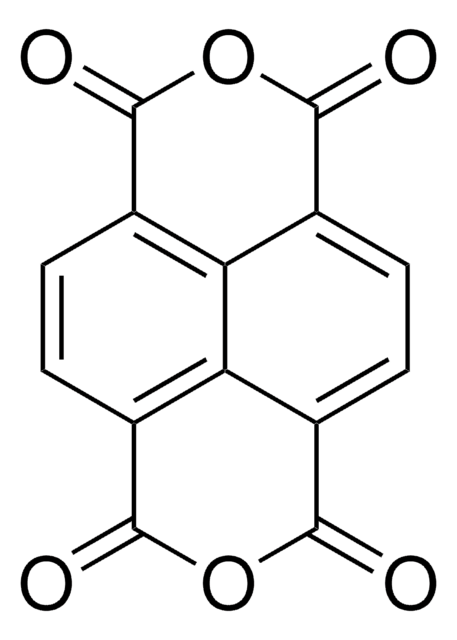808645
TSKgel® Chelate-5PW (10 µm) HPLC Columns
L x I.D. 7.5 cm × 7.5 mm, iminodiacetic acid phase
동의어(들):
TSKgel® Chelate-5PW HPLC Column and Guardgel Kit
로그인조직 및 계약 가격 보기
모든 사진(1)
About This Item
UNSPSC 코드:
41115700
eCl@ss:
32110501
길이 × I.D.:
7.5 cm × 7.5 mm
입자 크기:
10 μm
기질 활성군:
iminodiacetic acid phase
공극 크기:
1000 Å
Matrix:
polymer particle platform
추천 제품
제품명
TSKgel® Chelate-5PW HPLC Column, phase iminodiacetic acid, L × I.D. 7.5 cm × 7.5 mm, 10 μm particle size
material
stainless steel
제품 라인
TSKgel®
제조업체/상표
Tosoh Chelate-5PW, 08645
라벨링 범위
20 μmol/mL resin ligand density
파라미터
≤20% organic solvent
≤3 M salt concentration
≤45 °C temperature
1.2 mL/min flow rate
10 bar max. pressure
기술
HPLC: suitable
길이 × I.D.
7.5 cm × 7.5 mm
Matrix
polymer particle platform
기질 활성군
iminodiacetic acid phase
입자 크기
10 μm
공극 크기
1000 Å
작동 pH
2-12
호환성
technique used for affinity HPLC
분리 기술
affinity
일반 설명
High efficiency, resin-based TSKgel affinity columns (10 μm particles) separate or purify many enzymes and other proteins.
TSKgel Chelate-5PW columns utilize the tendency of iminodiacetic acid (IDA) to form a complex with metal ions, such as Zn2+, Ni2+ and Cu2+. The column is loaded with divalent metal ions by chelation. Peptides and proteins containing histidine residues will normally adsorb to these chelated ions at neutral pH. The retained compounds can be eluted with buffer containing imidazole or glycine. The key to making successful use of this retention mechanism is the proper selection of metal ions for chelation and the elution buffer to desorb the analytes. In general, Cu2+, interacts better with proteins; however, resolution is usually enhanced with Zn2+. A gradient mobile phase containing increasing imidazole or glycine concentrations is used to elute the retained compounds. Alternatively, a decreasing pH gradient can be used for elution purposes as well.
Applications include: immunoglobulins, transferrin, lectins, milk proteins, membrane proteins and peptides.
TSKgel Chelate-5PW columns utilize the tendency of iminodiacetic acid (IDA) to form a complex with metal ions, such as Zn2+, Ni2+ and Cu2+. The column is loaded with divalent metal ions by chelation. Peptides and proteins containing histidine residues will normally adsorb to these chelated ions at neutral pH. The retained compounds can be eluted with buffer containing imidazole or glycine. The key to making successful use of this retention mechanism is the proper selection of metal ions for chelation and the elution buffer to desorb the analytes. In general, Cu2+, interacts better with proteins; however, resolution is usually enhanced with Zn2+. A gradient mobile phase containing increasing imidazole or glycine concentrations is used to elute the retained compounds. Alternatively, a decreasing pH gradient can be used for elution purposes as well.
Applications include: immunoglobulins, transferrin, lectins, milk proteins, membrane proteins and peptides.
법적 정보
TSKgel is a registered trademark of Tosoh Corporation
가장 최신 버전 중 하나를 선택하세요:
자사의 과학자팀은 생명 과학, 재료 과학, 화학 합성, 크로마토그래피, 분석 및 기타 많은 영역을 포함한 모든 과학 분야에 경험이 있습니다..
고객지원팀으로 연락바랍니다.